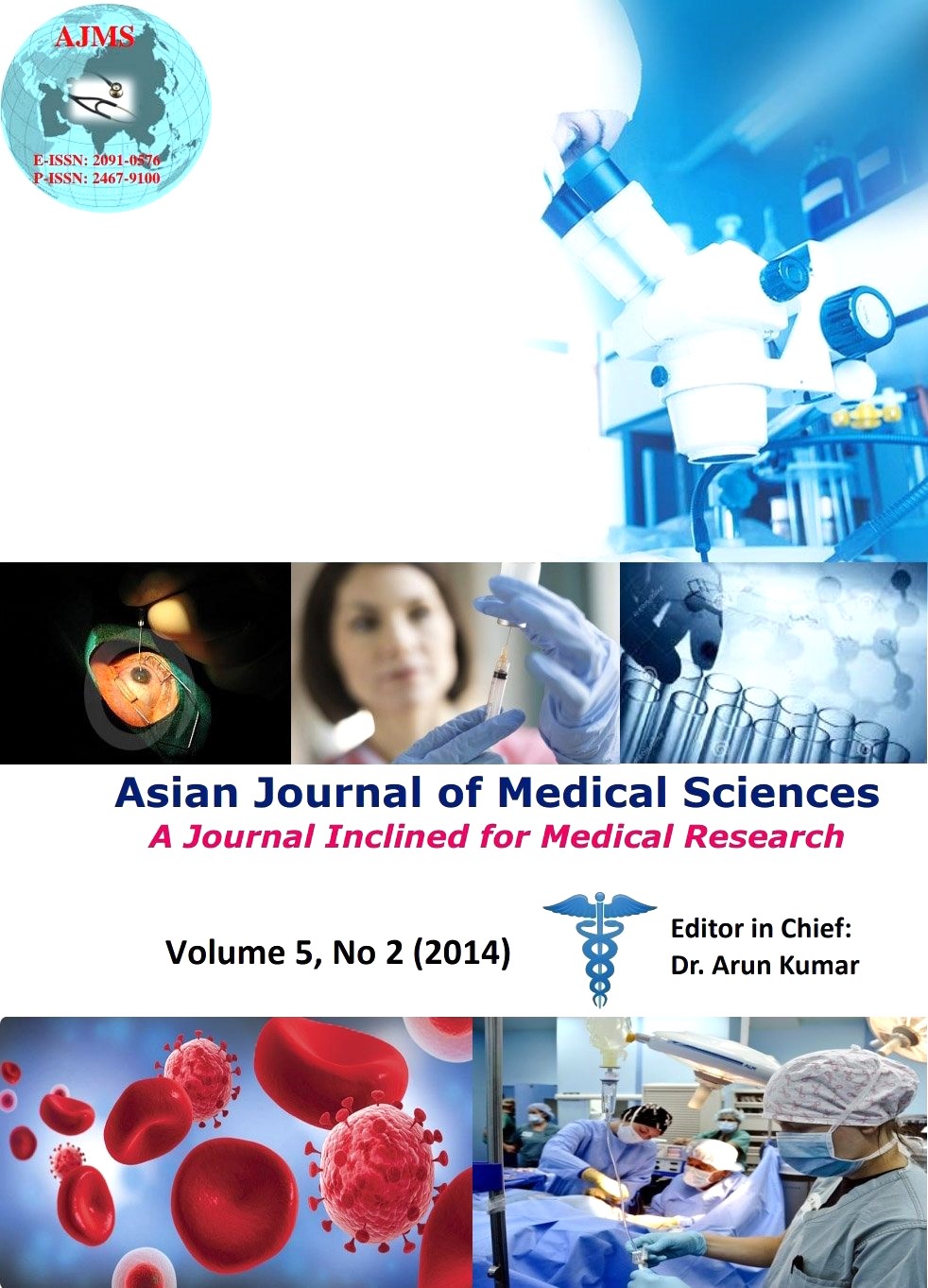Image Guided Radiotherapy by CBCT based Position Verification in High Risk Carcinoma Prostate - an Indian experience and review of literature
Keywords:
Image guided radiotherapy, CBCT scan, Carcinoma prostate, Dose escalation.Abstract
Introduction-External beam radiotherapy is one of the principle treatment options for locally advanced prostate cancer. Over the past several decades, RT techniques have evolved to allow higher doses of radiation to be administered safely. We report our experience of Image guided intensity modulated radiotherapy (IGRT) and CBCT based position verification.
Material and methods- In this study we are presenting data of 17 consecutive patients that were treated from august 2009 to october 2010. All patients received 76 -78 Gy Gy to clinical target volume for primary disease. Daily online matching was performed by using KV CBCT scan before treatment. In each patient, soft tissue (prostate) matching was done by the radiation oncologist.
Results – Median Follow up of our patients is 16 months with minimum follow up of 13 months. 3(17.6%) patients developed grade 2 acute rectal toxicity and 4 (23.5%) bladder toxicity. Till date none of our patients had late bladder or rectal toxicity. None of our patient developed local recurrence.
Conclusion-Our study concludes that we can follow the dose escalation with CBCT based position verification .With CBCT we can consider entire prostate and normal structures volume for localization.
DOI: http://dx.doi.org/10.3126/ajms.v5i2.8382
Asian Journal of Medical Science, Volume-5(2014): 14-20
Downloads
Downloads
Published
How to Cite
Issue
Section
License
Authors who publish with this journal agree to the following terms:
- The journal holds copyright and publishes the work under a Creative Commons CC-BY-NC license that permits use, distribution and reprduction in any medium, provided the original work is properly cited and is not used for commercial purposes. The journal should be recognised as the original publisher of this work.
- Authors are able to enter into separate, additional contractual arrangements for the non-exclusive distribution of the journal's published version of the work (e.g., post it to an institutional repository or publish it in a book), with an acknowledgement of its initial publication in this journal.
- Authors are permitted and encouraged to post their work online (e.g., in institutional repositories or on their website) prior to and during the submission process, as it can lead to productive exchanges, as well as earlier and greater citation of published work (See The Effect of Open Access).




